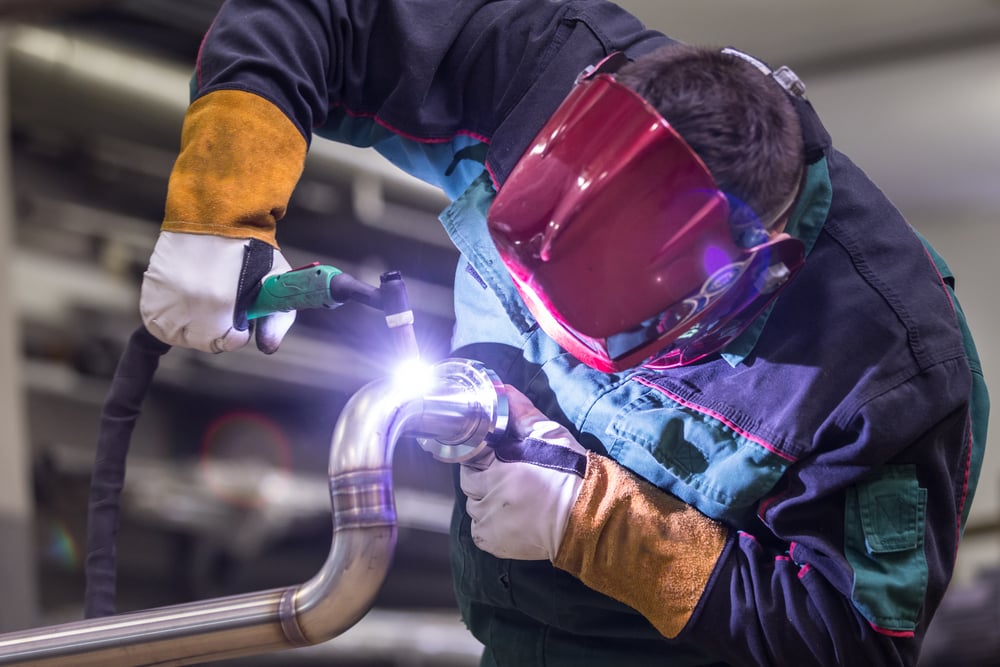Cost Analysis of Back Injury in Material Handling
Few injuries are as dangerous and debilitating as a back injury. At best, it can lead to severe discomfort that can make even the most basic tasks like standing, sitting, or walking very difficult. At worst, it can leave you completely unable to move and bedridden — and that is only if your spine is left mostly intact.
Material Handling and Back Pain
Back injuries are one of the biggest safety issues affecting American workplaces. According to the U.S. Bureau of Labor Statistics, there have been more than 1 million employees suffering from back injuries every year dating back to 1986. Back then, four of every five injuries occurred to the lower back, especially when employees were lifting packages or heavy objects.
Lifting is indeed one of the most strenuous tasks the human body can perform. It places tremendous strain on the lumbar spine. Workers in the material handling industry in particular face ever-changing lifting conditions. It is one of the greatest occupational hazards in this industry, resulting from five risk factors. These are:
- Force: The weight of the load being pushed, lifted, or pulled.
- Repetition: The number of times the back is being used during the course of a work day.
- Posture/biomechanics: The degree of curvature of the back’s bending or twisting.
- Static Positions: Keeping the back at rest or in one position for extended periods.
- Personal Fitness: The quality of physical conditioning in terms of body mass, flexibility, and strength.
When you injure your back, each of these factors plays a role. Maybe the force was too great, it was one repetition too many, you couldn’t get a good grip due to your posture, or you may have needed to do a few more deadlifts a bit more often. In any event, manual handling jobs place great demands on the spine, more than it can handle, especially when these jobs typically require lifting over 50 boxes weighing over 75 lbs. in a very short time.
Safety and Workplace Ergonomics
The most essential way to prevent workplace back injuries is by looking your equipment. Ergonomics are one of the most important factors to consider when choosing equipment for manual handling jobs. The right equipment can not only alleviate heavy loads and increase the range of motion for workers, it can also lead to efficiencies that translate to profit for your bottom line.
Bishamon’s EZ Loader, for example, is a pallet positioner that can handle weight capacities from 250 lbs. to 4,000 lbs. Its height range allows personnel to easily reach work areas that would have been otherwise impossible. The EZ Loader is also available in manual and powered models, making it ideal for personnel to handle heavier and stacked pallets while remaining ergonomic and safe.
The EZ Loader also highlights the cost savings possible by ensuring the ergonomic health of personnel. A cost analysis showed that previously, it required 5.05 minutes to load one pallet, which amounted to 94 loads per day. With the EZ Loader, personnel were able to take 3.15 minutes to load one pallet, which resulted in 148 pallets per day, and a daily cost savings of $113.
So the next time you discover cases of back injury at your material handling facility, be sure to examine the ergonomic capabilities of your equipment. Doing so not only helps your bottom line, but protects the workers and personnel without whom the business can’t survive.
Did you find this useful?









